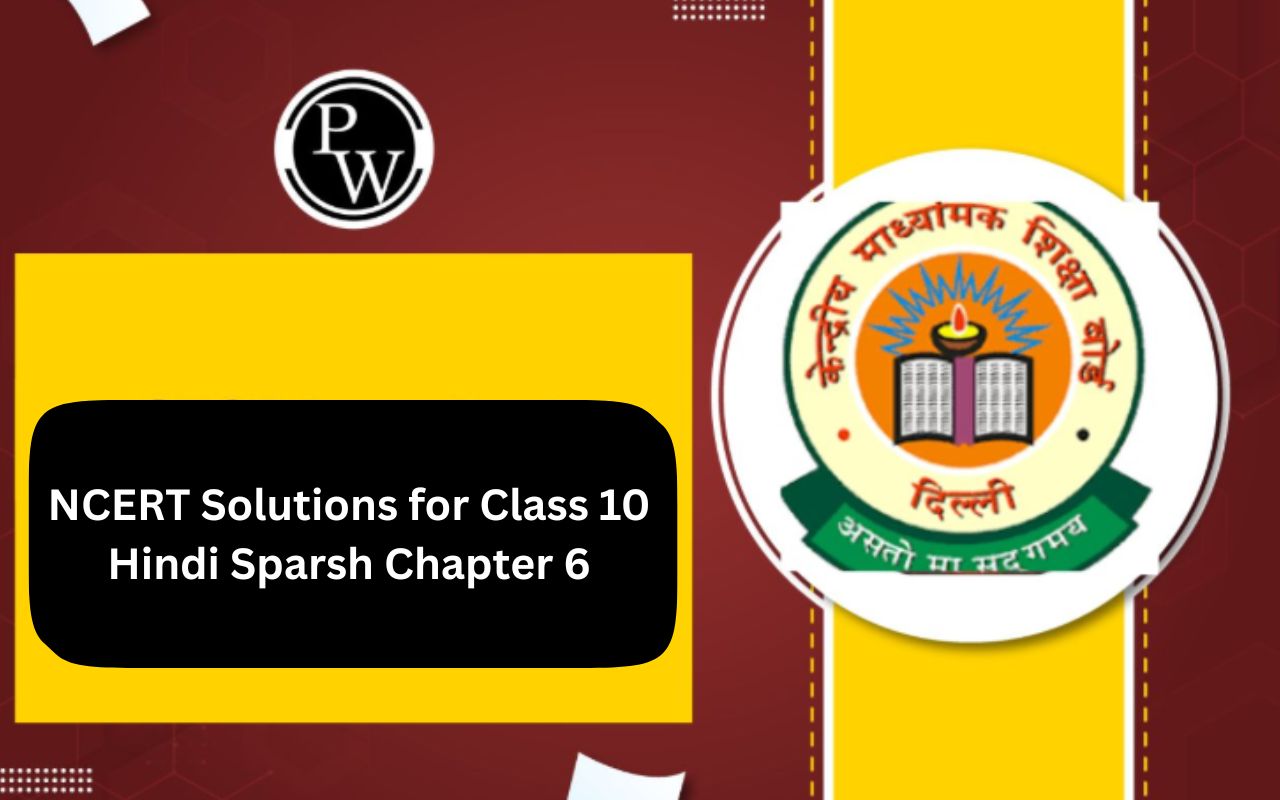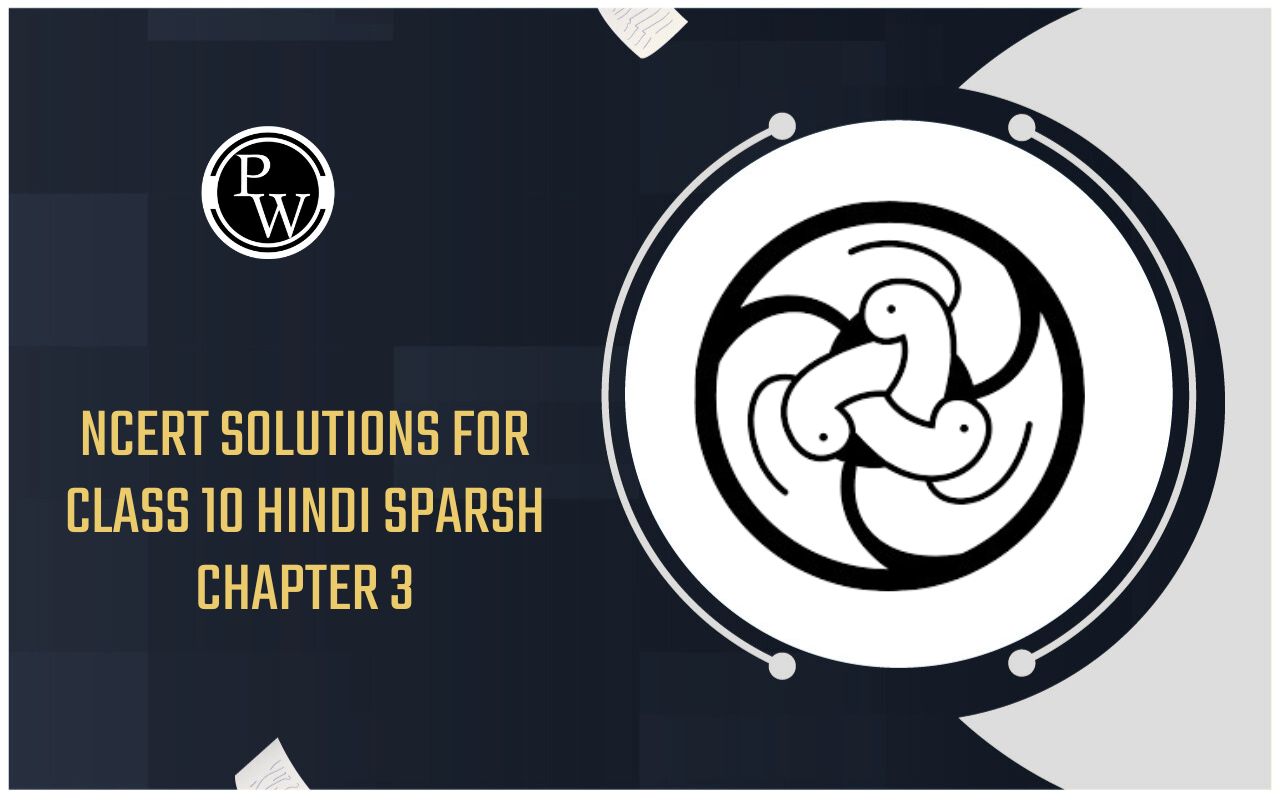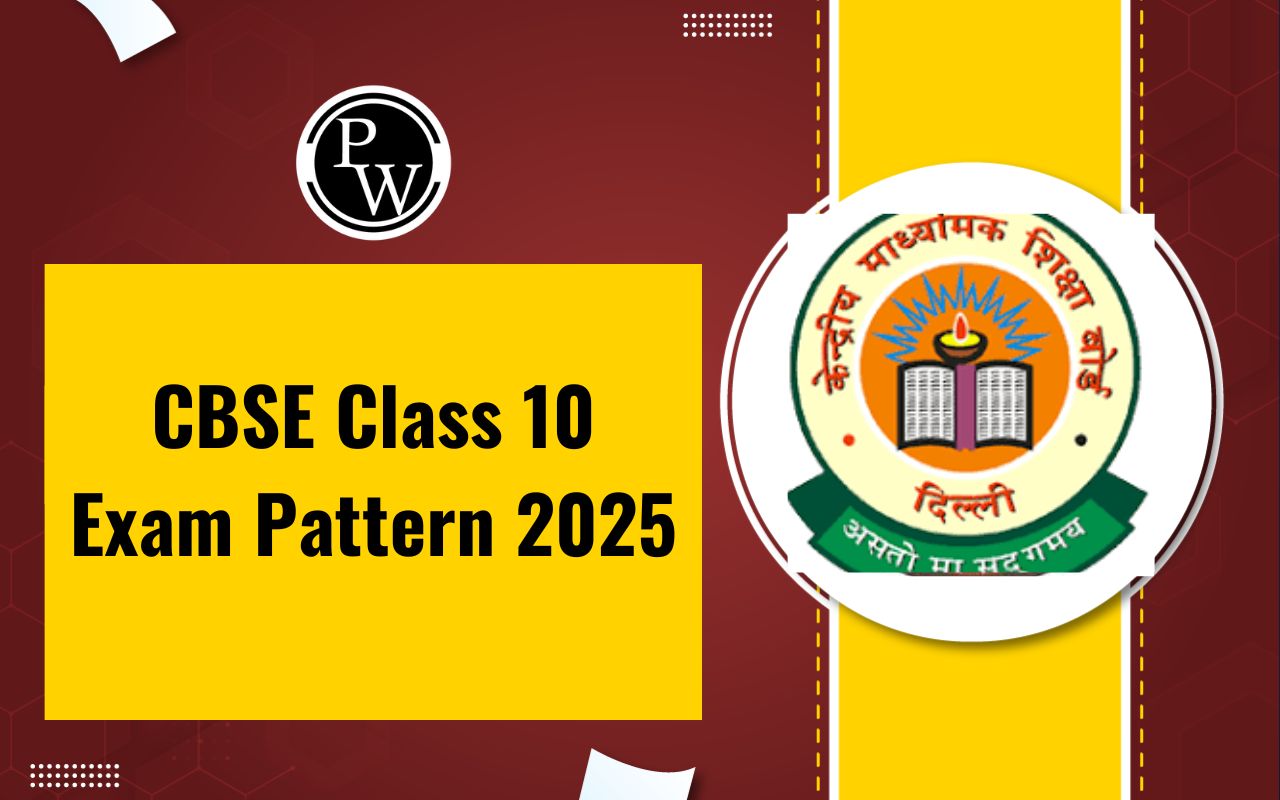(i) 9, 15, 21,27…..
Clearly (15 – 9) = (21 – 15) = (27-21) = 6 which is constant
Thus, each term differs from its preceding term by 6.
So, the given progression is an AP.
Next term of the AP = 27 + 6 = 33
Its first term = 9, common difference = 6 and the next term is 33.
(ii) 11, 6, 1, -4….
Clearly (6-11) = (1 – 6) = (-4 – 1) = – 5 which is constant.
Thus, each term differs from its preceding term by -5.
So the given progression is an AP.
Next term of the AP = -4 +(-5) = -9
Its first term = 11 , common difference = – 5 and the next term is -9
(iii) −1,−5/6,−2/3,−1/2,……
Clearly −5/6 – (−1)= -2/3 - (-5/6) = −1/2 − (-2/3) = 1/6
Thus, each term differs from its preceding term by 1/6. So, the given progression is an AP.
First term = -1
Common difference = 1/6
Next term of the AP = −1/2+1/6 = −2/6 = −1/3
(iv) √2,√8,√18,√32......
The given progression √2,√8,√18,√32,…….
This sequence can be re-written as √2, 2√2, 3√2, 4√2…….
Thus, each term differs from its preceding term by √2. So, the given progression is an AP.
First term = √2
Common difference = √2
Next term of an AP = 4√2+√2=5√2
(v) √20,√45,√80,√125…….
This sequence can be re-written as 2√5,3√5,4√5,5√5…….
Clearly d = 3√5-2√5=√5
Thus, each term differs from its preceding term by √5. So, the given progression is an AP.
First term = √20
Common difference =√5
Next term of the AP = 5√5+√5=6√5=√180
Q. Find:
(i) the 20th term of the AP, 9, 13, 17, 21, ....
(ii) the 35th term of the AP 20, 17, 14, 11, ...
(iii) the 18th term of the AP
√
2
,
√
18
,
√
50
,
√
98
, ...
(iv) the 9th term of the
A
P
3
4
,
5
4
,
7
4
,
9
4
, .....
(v) the 15th term of the AP-40, - 15, 10, 35, ....
Solution:
(1)-Given, AP, 9, 13, 17, 21, ....
a(first term)=9
d(common difference)=13-9=4
therefore,
T
n
=
a
+
(
n
−
1
)
d
now putting the value of a and d, we get the
The 20th term,
T
20
=9+(20-1)4
= 9+19×4
= 9+76
= 85
(2)-
Ap is 20,17,14,11
We know that common difference
d
=
T
2
−
T
1
Hence d = 17-20 = -3
We also know that
T
n
=
a
+
(
n
−
1
)
d
Therefore
T
35
=
20
+
(
35
−
1
)
×
−
3
=
20
+
(
34
×
−
3
)
=
20
+
(
−
102
)
=
−
82
35th term of given AP is - 82
(3)- AP
√
2
,
√
18
,
√
50
,
√
98
,...
AP can be rewritten as
√
2
,
√
2
×
9
,
√
2
×
25
,
√
2
×
49
,...
i.e,
√
2
,
3
√
2
,
5
√
2
,
7
√
2
,...
First term, a
=
√
2
Common difference, d =
3
√
2
−
√
2
=
2
√
2
T
n
=
a
+
(
n
−
1
)
d
T
18
=
√
2
+
(
18
−
1
)
2
√
2
√
2
+
17
×
2
√
2
=
√
2
+
34
√
2
=
35
√
2
(4)
A
P
:
3
4
,
5
4
,
7
4
,
9
4
,.....
a
=
3
4
d
=
5
4
−
3
4
=
2
4
=
1
2
Now,
T
9
=
a
+
8
d
=
3
4
+
8
×
1
2
=
3
4
+
4
=
3
+
16
4
=
19
4
(5)AP: -40, - 15, 10, 35, ....
a = -40 and d = -15 --40 = -15+40 = 25
T
n
=
a
+
(
n
−
1
)
d
=-40 + (10-1)25
= -40 + (9)25
= -40 + 225
= 185
Q.
(i) Find the 37th term of the AP
5
,
4
1
2
,
4
,
3
1
2
,
3
,
.
.
.
.
(ii) Find the 25th term of the AP
5
,
4
1
2
,
4
,
3
1
2
,
3
,
.
.
.
Solution:
Here,
a
=
5
d
=
4
1
2
−
5
=
9
2
−
5
=
−
1
2
(i)
T
37
=
a
+
(
37
−
1
)
d
=
5
+
36
×
(
−
1
2
)
=
5
−
18
=
−
13
(ii)
T
25
=
a
+
(
25
−
1
)
d
=
5
+
24
×
(
−
1
2
)
=
5
−
12
=
−
7
Q.
Find the value of p for which the numbers 2p-1, 3p+1, 11 are in AP.
Hence, find the numbers.
Solution:
∵
2
p
−
1
,
3
p
+
1
,
11
are in A.P.,
(
3
p
+
1
)
−
(
2
p
−
1
)
=
11
−
(
3
p
+
1
)
⇒
p
+
2
=
−
3
p
+
10
⇒
4
p
=
8
∴
p
=
2
So, the numbers are
2
p
−
1
=
2
×
2
−
1
=
3
,
3
p
+
1
=
3
×
2
+
1
=
7
and
11
.
Q.
Find the nth term of each of the following APs:
(i) 5, 11, 17, 23, .. (ii) 16, 9, 2, -5, ...
Solution:
(i) Here,
a
=
5
d
=
11
−
5
=
6
T
n
=
a
+
(
n
−
1
)
d
=
5
+
(
n
−
1
)
×
6
=
6
n
−
1
(ii) Here,
a
=
16
d
=
9
−
16
=
−
7
T
n
=
a
+
(
n
−
1
)
d
=
16
+
(
n
−
1
)
×
(
−
7
)
=
23
−
7
n
Q.
If the nth term of a progression is (4n-10) show that it is an AP. Find its (i) first term (ii) common diffeence and (iii) 16th term.
Solution:
Given,
a
n
=
4
n
−
10
a
n
−
1
=
4
(
n
−
1
)
−
10
=
4
n
−
14
Now,
a
n
−
a
n
−
1
=
(
4
n
−
10
)
−
(
4
n
−
14
)
=
4
So, the common difference is 4.
First term,
a
1
=
4
×
1
−
10
=
−
6
Now,
16
t
h
term,
T
16
=
4
×
16
−
10
=
64
−
10
=
54
Q.
How many terms are there in the AP 6, 10, 14, 18, ..., 174?
Solution:
Here,
a
=
6
d
=
10
−
6
=
4
,
T
n
=
174
Now,
T
n
=
a
+
(
n
−
1
)
d
⇒
174
=
6
+
(
n
−
1
)
×
4
⇒
168
=
4
(
n
−
1
)
⇒
n
−
1
=
42
∴
n
=
43
Q.
How many terms are there in the
A
P
=
18
,
15
1
2
,
13
,
.
.
.
,
−
47
?
Solution:
The given AP is
A
P
=
18
,
15
1
2
,
13
,
.
.
.
,
−
47
First term,
a
=
18
Common difference,
d
=
31
2
–
18
=
−
5
2
Suppose there are
n
terms in the given AP.
Then,
a
n
= −47
∵
a
n
=
a
+
(
n
−
1
)
d
⇒
18
+
(
n
–
1
)
×
(
−
5
2
)
=
–
47
⇒
(
−
5
2
)
(
n
–
1
)
=
–
65
⇒
n
–
1
=
−
65
×
(
−
2
5
)
=
26
⇒
n
–
1
=
26
⇒
n
=
27
Hence, there are
27
items in the given AP.
Q. Which term of the
A
P
=
72
,
68
,
64
,
60
,
...is 0?
Solution:
given AP is 72,68,64.....
a=72,d=-4
nth term,
a
n
=
a
+
(
n
−
1
)
d
nth term is 0
0=72+(n-1)-4
-72=(n-1)-4
n-1=18
n=19
therefore, the 19th term of given AP is 0
Q.
Which term fo the AP 72, 68, 64, 60, ... is 0?
Solution:
given AP is 72,68,64.....
a=72,d=-4 nth term,
a
n
=
a
+
(
n
−
1
)
d
nth term is 0
0=72+(n-1)-4
-72=(n-1)-4
n-1=18
n=19
therefore,the 19th term of given AP is 0
Q.
Which term of the AP
=
5
6
,
1
,
1
1
6
,
1
1
3
,
.
.
.
i
s
3
?
Solution:
In the given AP, the first term =
5
6
and
the common difference,
d
=
(
1
–
5
6
=
1
6
)
Let its nth term be 3.
Now, Tn = 3
⇒ nth term,
a
n
=
a
+
(
n
−
1
)
d
⇒
5
6
+
(
n
–
1
)
×
1
6
=
3
⇒
2
3
+
n
6
=
3
⇒
n
6
=
7
3
⇒n=14
Hence, the 14th term of the given AP is 3.
Q.
Which term of the AP = 21, 18, 15, ... is -81?
Solution:
a = 21
d = 18 - 21 = -3 .
Let -81 be the nth term.
Now,
nth term,
a
n
=
a
+
(
n
−
1
)
d
-81 = 21 + ( n -1 ) -3
-81 = 21 -3n + 3
-81 = 24-3n
3n = 24 + 81
n =
105
3
n=35
Therefore, the 35th term is -81.
Q.
Which term of the AP 8, 14, 20, 26, .. will be 72 more than its 41st term?
Solution:
a
n
=
72
+
a
41
a
n
=72+(a+40d) = 72+248 =320
Now,
a
n
=
a
+
(
n
−
1
)
d
320= 8+(n-1)
×
6
8+6n-6=320
6n= 320-2
6n = 318
n = 53
So, 53rd term of this A.P. will be 72 more than its 41st term.
Q.
Which term fo the AP 5, 15, 25, .. will be 130 more than its 31st term?
Solution:
Here a = 5 and d = (15 – 5) = 10
The 31st term is given by
T
31
=
a
+
(
31
–
1
)
d
=
a
+
30
d
=
5
+
30
×
10
=
305
Therefore, the required term = (305 + 130) = 453
Let this be the nth term.
Then
T
n
=
453
⇒ 5 + (n – 1) = 453
⇒5+(n–1)
×
10=453
⇒ 10n = 440
⇒ n = 44
Hence, the 44th term will be 130 more than its 31st term.
Q.
If the 10th term of an AP is 52 and 17th term is 20 more than its 13th term, find the AP.
Solution:
given,
a
10
=
52
a
+
9
d
=
52
...........(1)
also,
a
17
=
20
+
a
13
a
+
16
d
=
20
+
a
+
12
d
16
d
−
12
d
=
20
4
d
=
20
d
=
5
putting the value of d in eq. (1), we get,
a
+
9
(
5
)
=
52
a
+
45
=
52
a
=
7
hence, the required AP is 7,12,17,.........
Q.
The sum of three consecutive terms terms of an is 21 and the sum of the squares of these terms is 165. find these terms.
Solution:
Let three consecutive terms be a-d, a, a+d
where d is common difference
a-d+a+a+d=21
3a=21
a=7
(a-d)²+a²+(a+d)²=165
a²-2ad+d²+a²+a²+2ad+d²=165
3a²+2d²=165
147+2d²=165
2d²=18
d²=9
d=3
a-d=4
a+d=10
the terms are 4,7,10
Q.
The angles of a quadrilateral are in AP whose common difference is
10
∘
find the angle.
Solution:
Since the angles are in A.P., let the angles are p, p+10, p+20, p+30
sum of angles=360
⇒ p + p+10 + p+20 + p+30 = 360
⇒ 4p + 60 = 360
⇒ 4p = 360-60 = 300
⇒ p = 300/4 = 75So the angles are
p = 75
p+10 = 75+10 = 85
p+20 = 75+20 = 95
p+30 = 75+30 = 105
Q.
Find four numbers in AP whose sum is
28
and the sum of whose squares is
216
.
Solution:
Let the four numbers be
(
a
−
3
d
)
,
(
a
−
d
)
,
(
a
+
d
)
and
(
a
+
3
d
)
.
Given:
1. Their sum is
28
(
a
−
3
d
)
+
(
a
−
d
)
+
(
a
+
d
)
+
(
a
+
3
d
)
=
28
⇒
4
a
=
28
∴
a
=
7
.
2.Their sum of square
216
(
a
−
3
d
)
2
+
(
a
−
d
)
2
+
(
a
+
d
)
2
+
(
a
+
3
d
)
2
=
216
⇒
a
2
+
9
d
2
−
6
a
d
+
a
2
+
d
2
−
2
a
d
+
a
2
+
d
2
+
2
a
d
+
a
2
+
9
d
2
+
6
a
d
=
216
⇒
4
a
2
+
20
d
2
=
216
⇒
a
2
+
5
d
2
=
54
Putting the value of
a
49
+
5
d
2
=
54
5
d
2
=
5
d
2
=
1
∴
d
=
±
1
.
For
d
=
1
:
The numbers are
7
+
3
,
7
+
1
,
7
−
1
,
7
−
3
⇒
10
,
8
,
6
,
4
.
For
d
=
−
1
:
The numbers are
7
+
3
,
7
+
1
,
7
−
1
,
7
+
3
⇒
4
,
6
,
8
,
10
.
Q.
Divide 32 into four parts which are the four terms of an AP such that the product of the first and the fourth terms is to the product of the second and the third terms as 7:15.
Solution:
In case of 4 terms, we usually take 2d as the common difference and the average of the two middle terms should be a.
Therefore, Let a-3d, a-d, a+d and a+3d be the 4 terms.
Now, By Question, we have
(a-3d) + (a-d) + (a+d) + (a+3d) = 32
=> 4a = 32
=> a = 8
Again, By Question, we have
(a-3d) (a+3d) : (a-d) (a+d) = 7 : 15
=>
a
2
−
9
d
2
:
a
2
−
d
2
= 7 : 15
=>
15
(
a
2
−
9
d
2
)
=
7
(
a
2
−
d
2
)
=>
15
a
2
−
135
d
2
.
=
7
a
2
−
7
d
2
=>
15
a
2
−
7
a
2
.
=
135
d
2
−
7
d
2
=>
8
a
2
.
=
128
d
2
=>
8
(
8
)
2
.
=
128
d
2
(Substituting the value of a)
=>
512.
=
128
d
2
=>
4.
=
d
2
=>
d
=
+
2
,
−
2
Therefore Common Difference = 2d = (+)(-)4
Therefore, The required AP is -
a-3d = 8 - 3(2) = 2. Or. a-3d = 8-3(-2) = 14
a-d. = 8 - 2. = 6. Or. a-d. = 8-(-2) = 10
a+d. = 8+2. = 10. Or. a+d. = 8+(-2) = 6
a+3d = 8+3(2) = 14. Or. a+3d = 8+3(-2) = 2
Note: In one case the Common Difference is 4 where as in the 2nd case the Common Difference is -4.
Benefits of RS Aggarwal Solutions for Class 10 Maths Chapter 11 Exercise 11.1
-
Clear Understanding
: These solutions provide step-by-step explanations making it easier for students to understand the concepts of arithmetic progressions.
-
Improved Problem-Solving Skills
: By practicing these solutions students can enhance their problem-solving abilities and tackle similar problems with confidence.
-
Comprehensive Coverage
: The solutions cover all the problems in Exercise 11.1, ensuring that students have thorough practice and understanding of the topic.
-
Exam Preparation
: These solutions help students prepare effectively for exams by providing detailed and accurate methods to solve the problems, which can be very useful for scoring well.
-
Time Management
: By following the systematic approach in these solutions, students can learn to solve problems more efficiently, helping them manage their time better during exams.
-
Confidence Boost
: Regular practice with these solutions helps build students confidence in their mathematical abilities and prepares them for more advanced topics in the future.











